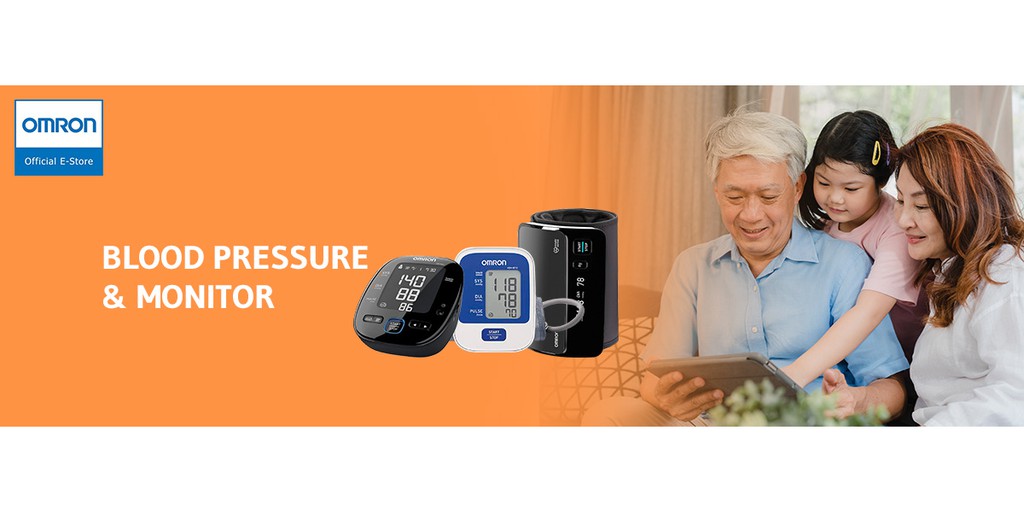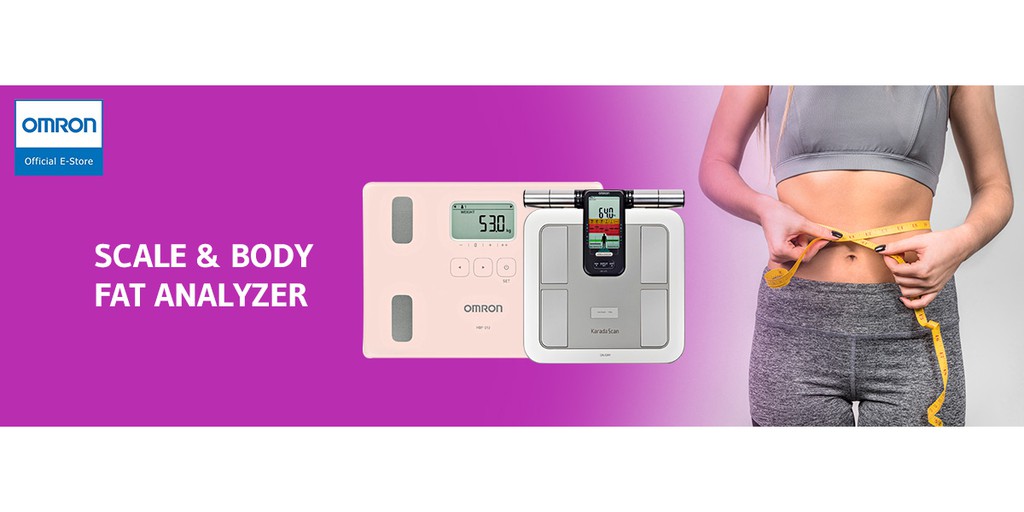Lipid Profile medical test
Learn about Lipid Profile medical tests, including what the tests are used for, why a doctor may order a test, how a test will feel, and what the results may mean.
What is lipid profiles?
The lipid typically includes assessment of total cholesterol, HDL-cholesterol (also known as good cholesterol), LDL-cholesterol (also known as bad cholesterol), and triglycerides. The report will probably include a calculation of non-HDL-cholesterol and may also include additional calculated values such as total cholesterol/HDL ratio or a risk score based on lipid profile results, age, sex, and other risk factors.
What the lipid profiles used for?
The lipid studies is used as part of a cardiac risk assessment to help determine your risk of heart disease and to help make decisions about what treatment may be best if you have borderline risk, intermediate risk, or high risk. Initial screening may involve only a single test for total cholesterol and not a full lipid study. However, if the screening cholesterol test result is high, it will likely be followed by testing with a lipid study. The results of the lipid study are considered along with other known risk factors of heart disease to develop a plan of treatment and follow-up. Depending on the results and other risk factors, treatment options may involve lifestyle changes such as diet and exercise or medications that lower lipid levels, typically statins.
How is the procedure performed?
A lipid profile is collected by a blood test, usually from a vein in the arm. You may want to wear a shirt with sleeves that can easily be rolled up to make it easier to collect the blood sample.
What will be the results interprets?
If you are age 40 to 75 and do not have heart disease, American College of Cardiology (ACC) and the American Heart Association (AHA) guidelines recommend that a risk calculator be used to determine your 10-year risk of CVD. Many factors are considered in the calculation, including total cholesterol, LDL-C, HDL-C, age, gender, race, blood pressure, presence of diabetes, and smoking habit. An initial (baseline) risk should be calculated and then your risk can be tracked over time with each subsequent risk calculation. Ten-year risk is categorized below:
| Calculated 10-year risk | Risk category |
|---|---|
| Less than 5% | Low |
| 5% to 7.4% | Borderline |
| 7.5% to 19.9% | Immediate |
| Greater than 20% | High |
Guidelines (2002) from the NCEP Adult Treatment Panel III to evaluate lipid levels and CVD risk, as summarized in the table below:
| Test | Optimal or Desirable | Near/Above Optimal | Borderline High | High | Very High |
|---|---|---|---|---|---|
| LDL Cholesterol | Less than 100 mg/dL (2.59 mmol/L); with CVD or diabetes: less than 70 mg/dL (1.81 mmol/L) | 100-129 mg/dL (2.59-3.34 mmol/L) | 130-159 mg/dL (3.37-4.12 mmol/L) | 160-189 mg/dL(4.15-4.90 mmol/L) | Greater than 190 mg/dL (4.90 mmol/L) |
| Total Cholesterol | Less than 200 mg/dL (5.18 mmol/L) | - | 200-239 mg/dL (5.18 to 6.18 mmol/L) | 240 mg/dL (6.22 mmol/L) or higher | - |
| Fasting Triglycerides | Less than 150 mg/dL (1.70 mmol/L) | - | 150-199 mg/dL(1.7-2.2 mmol/L) | 200-499 mg/dL (2.3-5.6 mmol/L) | Greater than 500 mg/dL (5.6 mmol/L) |
| Non-HDL Cholesterol | Less than 130 mg/dL (3.37 mmol/L) | 130-159 mg/dL (3.37-4.12mmol/L); | 160-189 mg/dL (4.15-4.90 mmol/L) | 190-219 mg/dL (4.9-5.7 mmol/L) | Greater than 220 mg/dL (5.7 mmol/L) |
| HDL Cholesterol | Low Level, Increased Risk | Average Level, Average Risk | High Level, Less than Average Risk |
|---|---|---|---|
| Women | Less than 50 mg/dL (1.3 mmol/L) | 50-59 mg/dl (1.3-1.5 mmol/L) | 60 mg/dL (1.55 mmol/L) or higher |
| Men | Less than 40 mg/dL (1.0 mmol/L) | 40-50 mg/dL (1.0-1.3 mmol/L) | 60 mg/dL (1.55 mmol/L) or higher |
Non-high-density lipoprotein cholesterol (non-HDL-C) is the recommended test for non-fasting lipid screening. Non-HDL-C-is calculated by testing for total cholesterol and HDL-C and taking the difference between the two levels. Recommended cut-off values include:
| Test | Acceptable (mg/dL) | Borderline (mg/dL) | High (mg/dl) | |
|---|---|---|---|---|
| Childeren and Teens (ages 2 to 18) | Total Cholesterol | Less than 170 | 170-199 | Greater than or equal to 200 |
| Non-HDL Cholesterol | Less than 120 | 120-144 | Greater than or equal to 145 | |
| Young Adults (ages 19 to 24) | Total Cholesterol | Less than 190 | 190-224 | Greater than or equal to 225 |
| Total Cholesterol | Less than 150 | 150-189 | Greater than or equal to 190 |
*Adapted from "Expert panel on integrated guidelines for cardiovascular health and risk reduction in children and adolescents: Summary report." Pediatrics 2011; 128


